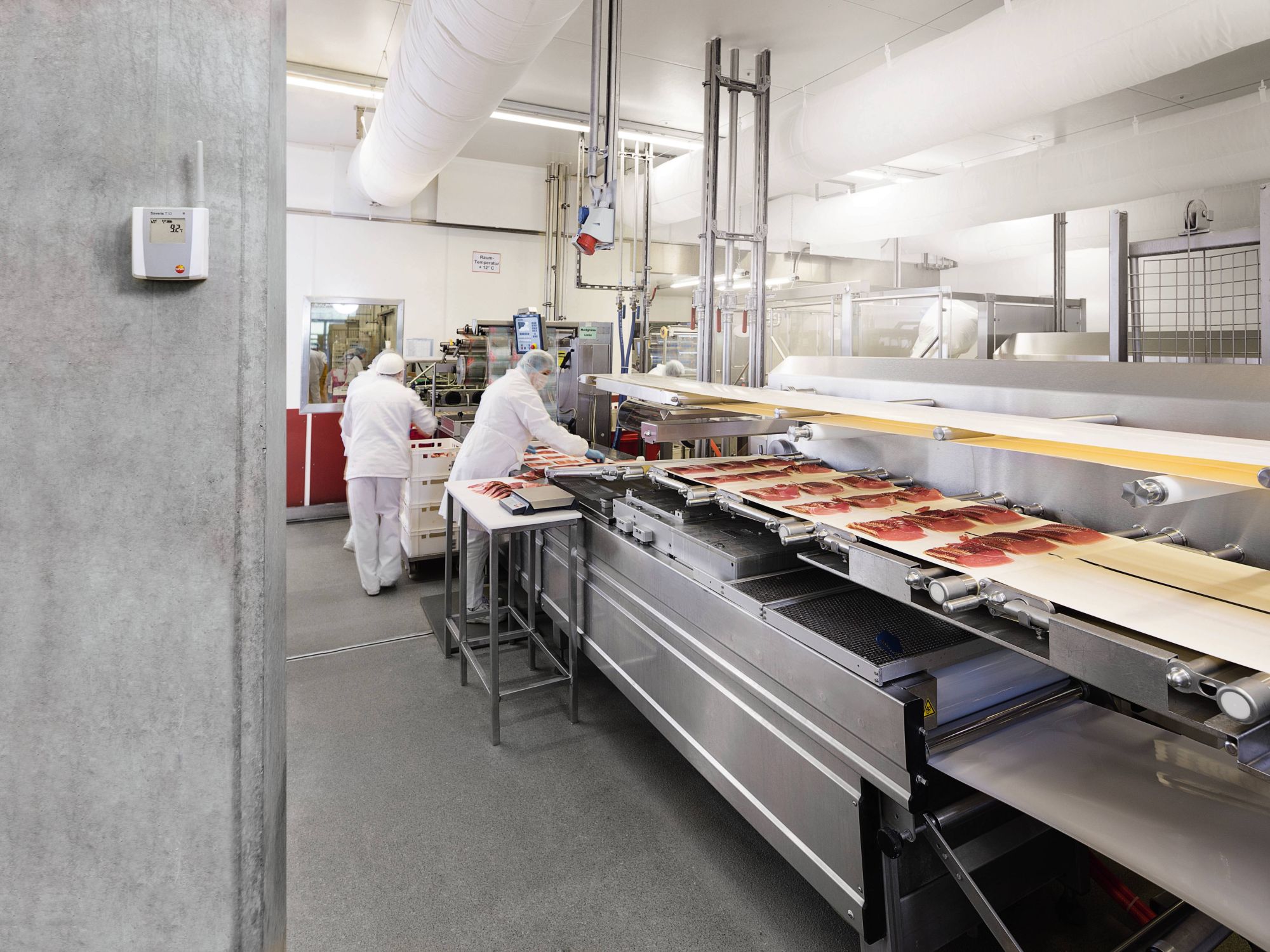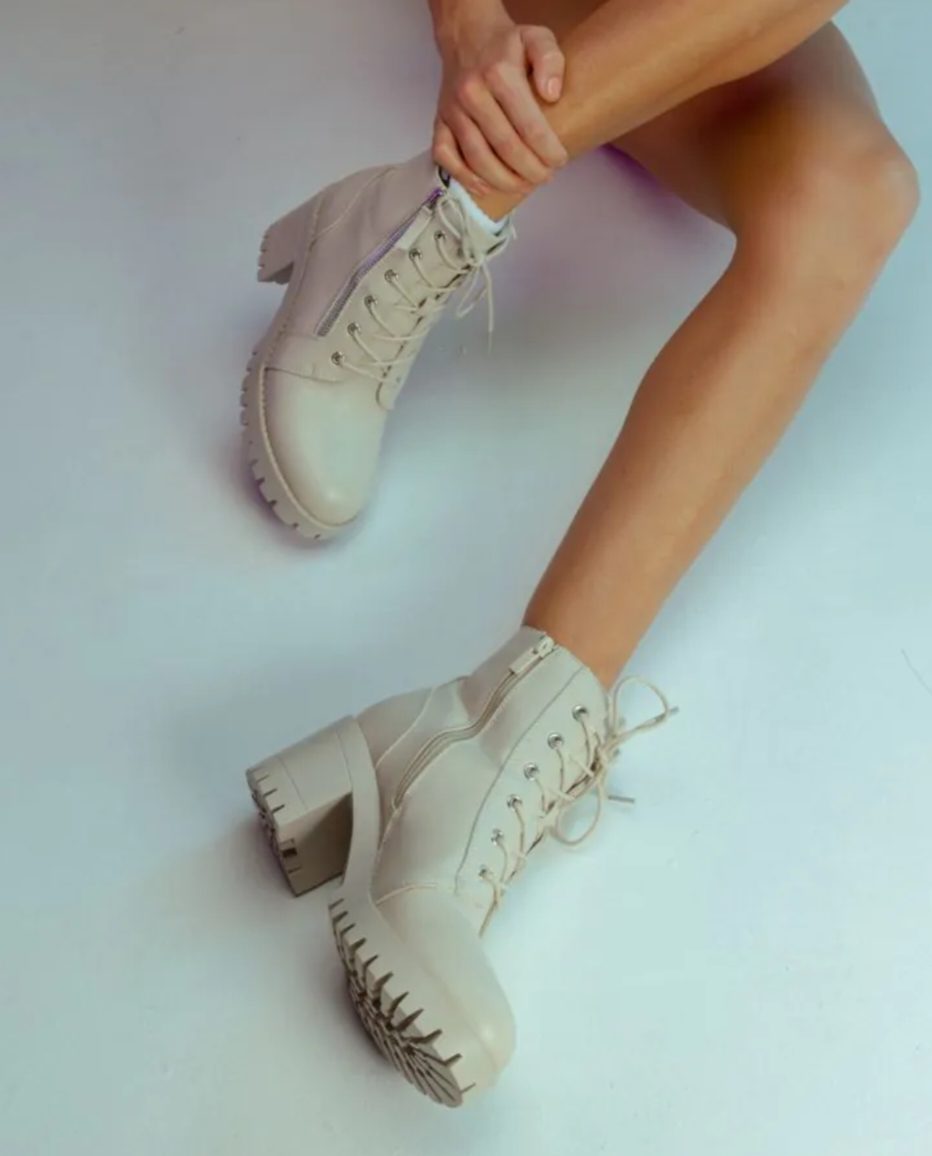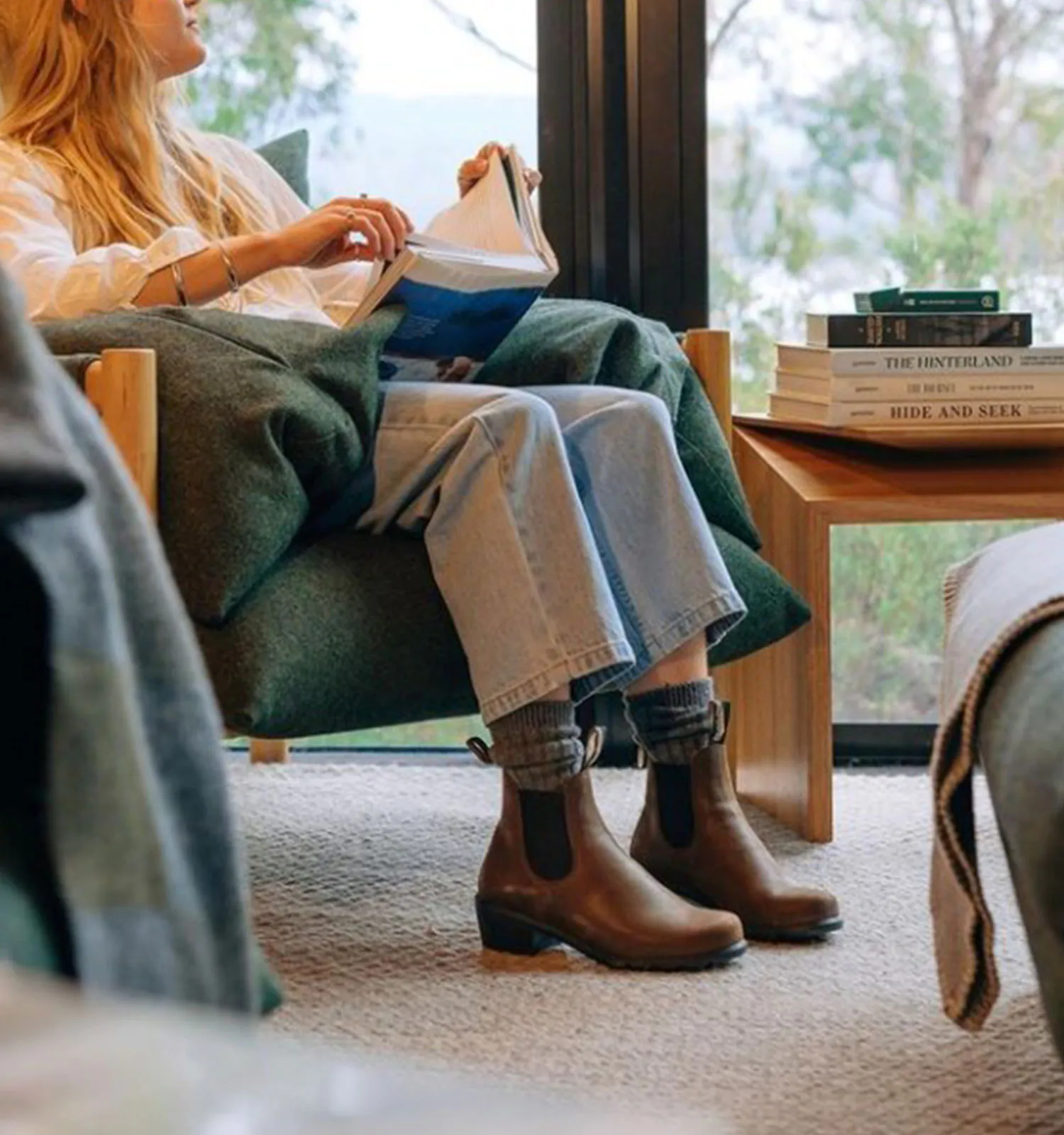
Choosing the right yarn is crucial for any crochet project. The type of yarn you use can significantly impact the look, feel, and durability of your finished piece. At HiCrochet, we understand the importance of selecting the perfect yarn for your crochet creations. In this comprehensive guide, we’ll explore the various types of yarn available for crochet, their characteristics, and the best projects for each. Whether you’re a beginner or an experienced crocheter, understanding yarn types is essential for achieving the desired results in your projects. From natural fibers like wool and cotton to synthetic options like acrylic and nylon, each yarn type offers unique properties that can enhance your crochet work.
At HiCrochet, we believe that the right yarn can elevate your crochet projects from good to great. That’s why we’ve compiled this guide to help you navigate the vast world of crochet yarns. We’ll cover everything from fiber content and yarn weight to special effects yarns and sustainable options. By the end of this guide, you’ll have a solid understanding of how to choose the perfect yarn for your next crochet project. Whether you’re working on a cozy winter sweater, a delicate summer shawl, or a durable home decor item, we’ve got you covered. Let’s dive into the wonderful world of crochet yarns and discover how to make your projects shine with the right yarn choice.
Contents
- 1 1. Fiber Content
- 2 2. Yarn Weight
- 3 3. Yarn Construction
- 4 4. Special Effects Yarns
- 5 5. Choosing Yarn for Specific Projects
- 6 6. Yarn Care
- 7 7. Reading Yarn Labels
- 8 8. Yarn Substitution
- 9 9. Sustainable and Eco-Friendly Yarns
- 10 10. Novelty Yarns
- 11 11. Yarn for Beginners
- 12 12. Yarn Storage
- 13 13. Buying Yarn
- 14 14. Yarn Allergies
- 15 Conclusion
1. Fiber Content
Yarns are primarily categorized by their fiber content. Here are the main types:
a) Natural Fibers
l Wool: Warm, elastic, and naturally water-resistant. Great for winter wear and felting projects.
l Cotton: Soft, breathable, and easy to care for. Ideal for summer garments and household items.
l Silk: Luxurious, strong, and has a beautiful sheen. Perfect for delicate shawls and special occasion items.
l Linen: Strong, durable, and becomes softer with use. Excellent for summer wear and home decor.
l Alpaca: Soft, warm, and hypoallergenic. Wonderful for cozy sweaters and accessories.
b) Synthetic Fibers
l Acrylic: Affordable, easy to care for, and comes in a wide range of colors. Good for beginners and everyday items.
l Nylon: Strong, durable, and often blended with other fibers for added strength.
l Polyester: Resistant to wrinkles, shrinking, and stretching. Often used in blends for added durability.
c) Plant-Based Fibers
l Bamboo: Soft, silky, and eco-friendly. Great for summer garments and baby items.
l Hemp: Strong, durable, and becomes softer with use. Ideal for bags and home decor items.
l Tencel: Soft, strong, and eco-friendly. Excellent for drapey garments and accessories.
2. Yarn Weight
Yarn weight refers to the thickness of the yarn. The Craft Yarn Council has standardized yarn weights into seven categories:
l Lace (0): Delicate lace projects and light accessories
l Super Fine (1): Socks, baby items, and intricate lace
l Fine (2): Light garments and accessories
l Light (3): Sweaters, scarves, and afghans
l Medium (4): Most common weight, versatile for many projects
l Bulky (5): Quick projects, warm accessories
l Super Bulky (6): Very quick projects, chunky items
l Jumbo (7): Extreme knitting and crochet, arm knitting
3. Yarn Construction
The way yarn is constructed affects its appearance and performance:
l Plied: Multiple strands twisted together for strength and consistency
l Single: One strand, often used for a rustic look
l Cabled: Multiple plied yarns twisted together for extra strength
l Chenille: Soft, fuzzy yarn with a velvety appearance
l Bouclé: Looped yarn with a nubby texture
l Tape or Ribbon: Flat yarn that creates a smooth, modern look
4. Special Effects Yarns
These yarns add unique textures and visual interest to your projects:
l Variegated: Multiple colors in one strand
l Self-striping: Changes color at regular intervals to create stripes
l Metallic: Includes shiny threads for sparkle
l Fuzzy or Eyelash: Creates a furry texture
l Pom-pom or Bobble: Has small pom-poms or bobbles along the strand
5. Choosing Yarn for Specific Projects
l Baby Items: Soft, hypoallergenic yarns like cotton, bamboo, or acrylic
l Summer Wear: Breathable fibers like cotton, linen, or bamboo
l Winter Wear: Warm fibers like wool, alpaca, or acrylic
l Home Decor: Durable fibers like cotton, linen, or acrylic
l Amigurumi: Smooth, sturdy yarns like cotton or acrylic
6. Yarn Care
Different fibers require different care:
l Wool: Often requires hand washing and laying flat to dry
l Cotton: Usually machine washable and dryable
l Acrylic: Typically easy care, machine washable and dryable
l Silk: Often requires hand washing and special care
Always check the yarn label for specific care instructions.
7. Reading Yarn Labels
Yarn labels provide crucial information:
l Fiber content
l Weight
l Yardage/meterage
l Recommended hook size
l Care instructions
l Dye lot number (important for matching colors)
8. Yarn Substitution
Sometimes you may need to substitute yarn. Consider:
l Matching the fiber content as closely as possible
l Ensuring the yarn weight is the same
l Checking that the yardage is similar
l Swatching to check gauge
9. Sustainable and Eco-Friendly Yarns
As environmental concerns grow, many crocheters are turning to sustainable options:
l Organic cotton
l Recycled fibers
l Locally sourced wools
l Plant-based fibers like bamboo, hemp, and Tencel
10. Novelty Yarns
These unique yarns can add interest to your projects:
l Ladder or Ribbon Yarn: Creates a lacy effect
l Faux Fur: For plush, cuddly projects
l Raffia: Great for summer bags and hats
l T-shirt Yarn: Made from recycled fabric, great for rugs and baskets
11. Yarn for Beginners
If you’re new to crochet, consider:
l Medium weight (4) acrylic yarn: Affordable and easy to work with
l Light solid colors: Makes it easier to see your stitches
l Smooth textures: Avoid fuzzy or novelty yarns until you’re more experienced
12. Yarn Storage
Proper storage helps maintain yarn quality:
l Store in a cool, dry place
l Use airtight containers to protect from dust and pests
l Keep yarn away from direct sunlight to prevent fading
13. Buying Yarn
Consider these factors when purchasing yarn:
l Project requirements (yardage, weight, fiber)
l Budget
l Where to buy (local yarn shop, craft store, online)
l Buying in bulk for large projects
14. Yarn Allergies
Some people may be allergic to certain fibers:
l Wool allergies are common
l Consider hypoallergenic options like cotton or bamboo
l Always test a small amount of new yarn if you’re prone to allergies
Conclusion
Choosing the right yarn is a crucial part of any crochet project. By understanding the different types of yarn available, their characteristics, and best uses, you can make informed decisions that will enhance your crochet experience and result in beautiful, long-lasting creations. Remember, there’s no “perfect” yarn for every situation-the best yarn is the one that meets your project needs, feels good to work with, and fits your budget.








